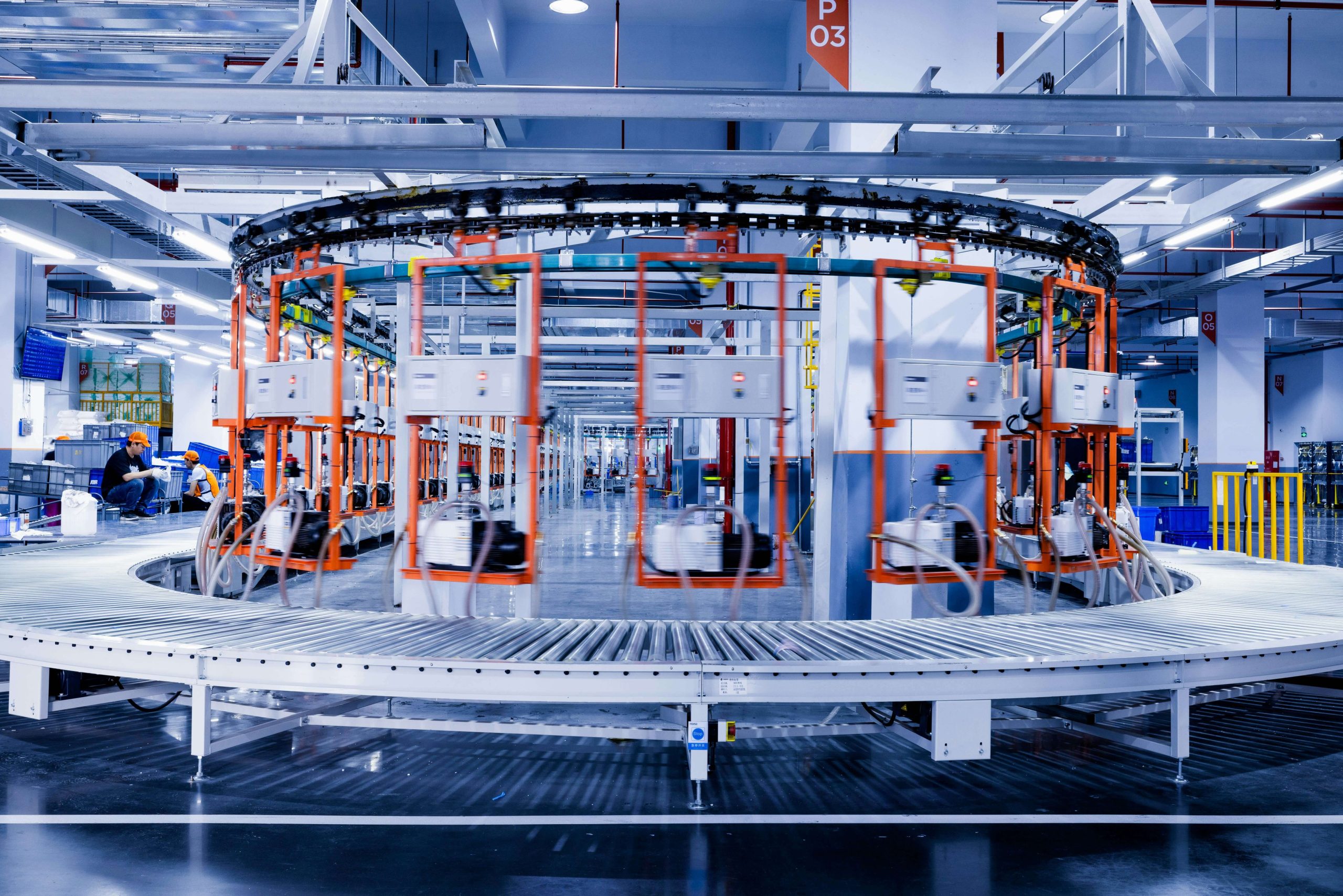
Manufacturing is no longer simply about a production line’s optimization; it focuses on optimizing customers’ experience. When you come across the term “Customer Manufacturing,” don’t assume that you literally have to make customers. The whole thing is a strategic concept that treats the marketing, entire sales, and service procedure as a premium-quality, predictable system designed to create profitable and loyal clients.
This shift moves your business from being only product-centric to one that is completely customer-focused. According to Sobot, companies with a strong customer focus see profits by 60%.
Are you also trying to bring this transition at your end, but are unaware of customer manufacturing? This blog will clear the concept, explaining the challenges and best practices, too.
What is Customer Manufacturing?
Customer Manufacturing, or Customer-Centric Manufacturing, is an approach. It prioritizes your customers’ preferences, needs, and experiences at the top of all business operations — from developing products around customer insights to production, sales, and after-sales support.
The manufacturing sees the retention cycle and customer acquisition as a repeatable, measurable, and optimizable method. The aim is to create a reliable and positive customer experience and long-term relationships with the customers, the way your factory is known for producing goods.
Key Components of the Concept
- Customer-Driven Design: You develop products based on detailed customer insights and feedback, often incorporating private label manufacturing or product customization options that reflect each client’s brand needs.
- Seamless Customer Journey: From initial inquiry to delivery and service, every touchpoint of your customer’s journey is streamlined and consistent.
- Internal Alignment: Your production, sales, marketing, and engineering teams end the traditional silos — a common issue when working with trading companies — and instead share customer data toward one unified goal.
The Top Challenges in Shifting To Customer Manufacturing
Switching to a customer-focused business model from a production-focused one is certainly not without barriers. As a manufacturer, you must actively address the following key hurdles:
Breaks Down Siloed Operations
Manufacturing departments, including production, engineering, sales, and support, have always worked individually. This isolation results in unsatisfactory customer experiences. For instance, the sales team might commit to a lead time, but the production team fails to meet. Or a new defect in your product catches your support teams off guard.
Challenge: Implementing this kind of collaboration and sharing real-time data is hard, but vital for a smooth customer flow.
Manages Complex and Custom Orders
Here, a high degree of customization is usually involved in managing complicated and tailored orders. It is done to meet the needs of the particular B2B clients. Managing custom orders requires flexibility in materials, processes, and design — much like coordinating OEM, ODM, and OBM manufacturing models that balance customization, branding, and scalability.
Challenge: Such orders are more vulnerable to mistakes, expensive reworks, extended deadlines, and encounter difficulty in making them cost-efficient. These things terribly shake your customer’s trust.
Data Fragments and Utilization
This approach depends on data. You need to extract data from your target audience’s purchasing style, support tickets, and product usage. Several manufacturers overlook the importance of unified systems; as a result, they find data scattered across disconnected tools like spreadsheets, ERP, and CRM — one of the most common sourcing mistakes that disrupts visibility and customer service.
Challenge: Without substantial data, you can’t personalize your customers’ experiences, predict what they need, or even use their feedback to improve the product’s design.
Best Practices for Customer Manufacturing Success
How to overcome these problems? You require a cultural commitment and strategic investment to make Customer Manufacturing a success at your end:
Prepare a Customer-Centric Culture
Work on preparing a Customer-centric culture. Motivate employees, especially your engineers and production staff, to see the customer insights and feedback. Hold regular meetings with departments to review the customer satisfaction status, including the positive and negative reviews. Understanding the “why” behind the product solves the customer’s issues; they take more interest in quality and service.
Invest in Digital Tools
Why don’t you purchase digital tools to finish the silos?
- Integrate CRM and ERP Systems: Production scheduling, sales, and inventory data should be connected to offer accurate lead times and a single source.
- Predictive Analytics: Draw and use data to predict bottlenecks in the line of production or possible equipment failure, letting you communicate with the customer about any delays.
- Digital Twin Technology: In case of custom orders, proceed with digital twin technology to identify and correct possible design issues, decreasing rework and delays.
Conclusion
This shift to Customer Manufacturing has become a competitive necessity. Therefore, embrace a process-based strategy to retain customers to manufacture positive customer experiences. Because the future of manufacturing is not limited to what you make, but in what ways you make the customer. Get in touch with us for further professional guidance, and you will see your business booming.




